


Keywords: attention-related problems; mindfulness; emotion regulation.
Mindfulness-based therapeutic interventions are used for a large area of physical and psychological problems in adult and elderly people, including anxiety disorders, personality disorders, chronic pain and anger. Recently, researchers have started to investigate the effectiveness of mindfulness-based programs on children. The aim of this study is to test the effects of a Mindfulness-based Program (MBP) on the levels of internalization, externalization and attention-related problems of children (41 participants, average age of 8.5 years, SD = 0.4), as compared to the effects of a standard procedure, i.e., Rational Stories program for children. The results revealed that the Mindfulness-based Program had higher effects than the Rational Stories program on the decrease of the attention-related problems, while no statistically significant differences were found at levels of internalizing and externalizing problems (i.e., both programs were associated with a decrease of the two types of problems).
More...
Keywords: Mindfulness; Human Resource Management; Stress; Energy; ElectroPhotonic Imaging;
Mindfulness is increasingly being applied in companies as a means to increase, among others, employee well-being and energy, and in the same time to diminish stress. This paper argues that there seems to be scientific evidence showing that certain mindfulness techniques may diminish stress and increase energy, yet it seems that there is a period in the beginning of the mindfulness practice where the techniques have the opposite effects. These findings seem to be contradictory to past findings, which indicated that only two thirds of people practicing mindfulness techniques have positive effects from that practice. It may be that everybody can have positive effects from the practice of the mentioned techniques, just that some need to practice for a longer period before obtaining these positive effects. Further scientific studies seem to be needed in order to clarify the full spectrum of effects and consequences of practicing different mindfulness techniques, and just as important, if these effects are valid for everybody.
More...
Keywords: Thich Nhat Hanh;Bible;interbeing;mindfulness;suchness;interreligious dialogue;
Thich Nhat Hanh, well known Vietnamese Buddhist monk and Zen master in his bestselling book Living Buddha, Living Christ aims at showing that differences between Buddhism and Christianity are of secondary importance. In order to show it he provides his reinterpretations of various Bible passages. The article aims at showing that Thich Nhat Hanh’s creative readings of Christian Scriptures are based on Buddhist concepts of interbeing, mindfulness and suchness, which cannot be reconciled without significant theological and philosophical modifications with Christian perspective on existence of individual personal beings (both divine and human), that are not just manifestations of one ultimate reality, but have their own individual nature.
More...Keywords: anxiety; mindfulness; acceptance; implicit measures; assessment;
Although mindfulness interventions are increasingly used for coping with excessive anxiety, the relationship between mindfulness and anxiety is not yet clear. The study focused on this relationship. On a sample drawn from the general population, three mindfulness questionnaires were utilized. Anxiety was assessed by means of two self-report instruments as well as by two implicit anxiety measures. The latter were included because of the possibility that mindfulness might correlate with measurement error in measuring anxiety by self-report, which would cause biased results. A robust, moderate to high negative association was established between mindfulness and anxiety. Mindfulness facets related to acceptance contributed strongly to this relationship, while the role of awareness-related facets of mindfulness appeared to be less clear, seemingly contradictory and possibly two-fold. The study also suggested that level of mindfulness might indeed represent a confounding variable in self-report assessment of anxiety and probably of other constructs as well.
More...
Keywords: Mindfulness meditation; consciousness; svalakṣaṇa; sāmānyalakṣaṇa; emptiness; intentionality; essences; pure ego; presuppositionless approach; propositional consciousness; objectivity
Unlike most other philosophical systems of India, Buddhism, though it gives a central place to “consciousness” in its philosophical enquiry, does not raise its status to a transcendental metaphysical level. Buddhism, in this way, has a special affinity with the phenomenological approach. The present paper focuses on the points of a contact between phenomenology and mindfulness meditation, the Buddhist spiritual practice. The paper is divided into three parts. The first part gives an account of the four kinds of mindfulness meditation based on the Buddha’s sermons on mindfulness. Then it focuses on their core features, namely, “objectivity”, “impermanence and other essential features” and “dynamic, yet passive awareness”. These features bring the two approaches close to each other. The second part brings out similarities and differences between the two approaches. The phenomenological approach, like the approach of mindfulness meditation regards consciousness as being of the intentional and propositional nature. It also emphasizes immanent to consciousness and brackets transcendent to it. Both approaches exhibit a scientific temperament and both tend to be presupposition-less. In spite of these close similarities, there are glaring differences between these two approaches. The phenomenological inquiry is aimed at intellectuality, whereas that of the Buddhist approach is spiritual. Phenomenology attributes reality to essences, whereas there is a tendency to deny ontological status to essences in Buddhism. Husserl’s acceptance of transcendental or pure ego contrasts with the no-self theory of Buddhism. Intentionality attributed to consciousness is also alien to all forms of Buddhism. The third part of the paper asserts the similarities and differences between the two approaches open to various possible forms of phenomenological practice. Furthermore, the paper suggests that different models of phenomenology are possible within Buddhism.
More...Keywords: Health care professionals; mindfulness; compassion; burnout syndrome; prevention; coping strategies
This pre-post, single-centered study evaluates the effects of a compassion-oriented mindfulness-based intervention on health professionals’ quality of life. The intervention was conducted in an Italian general hospital in the province of Milan. Between 2014 and 2015, thirty-four health professionals operating in the territorial psychiatric services followed an 18-week Compassion-Oriented Mindfulness-based Program. The program involved the practice of mindfulness meditation combined with a psycho-educational training. This pilot study analysed the impact of the intervention on mood, quality of life, and burnout-related characteristics. Outcome measures included the State-Trait Anxiety Inventory, the Beck Depression Inventory, the Maslach Burnout Inventory, the Five Facets of Mindfulness Questionnaire, and the Professional Quality of Life Scale. After the intervention, participants showed significantly decreased levels of depression, state anxiety, and emotional exhaustion. We found that an overall beneficial effect of the Compassion-Oriented Mindfulness-based Program existed in preventing burnout symptomatology. Non-evaluative and mindful attention was shown to improve stress resilience and coping strategies while simultaneously reducing worry and rumination. These results suggest that a compassion-oriented mindfulness program could prevent the development of anxiety and depression traits.
More...
Keywords: competencies of the future; attention management; mindfulness; MBSR; self-regulation; mental fortitude; mental training; effectiveness
Mindful leadership is a competency of the future which enables leaders to effectively function in a challengingand changing VUCA world by being able to focus their attention in three directions: at themselves, at othersand at what is happening around them.Mindfulness facilitates intra and interpersonal skills, increases mental fortitude and resistance to time andperformance pressure, as well as the ability to think rationally and creatively, which helps us make faster,more rational and innovative decisions to achieve a competitive advantage. Mindfulness also helps us lookafter co-workers and our own welfare, making it an important factor in preventing occupational burnout.The article assumes an evidence-based approach which, based on the state of the research, indicates that itis viable to conduct positive interventions using a robust theoretical framework and documented empiricalresearch results.
More...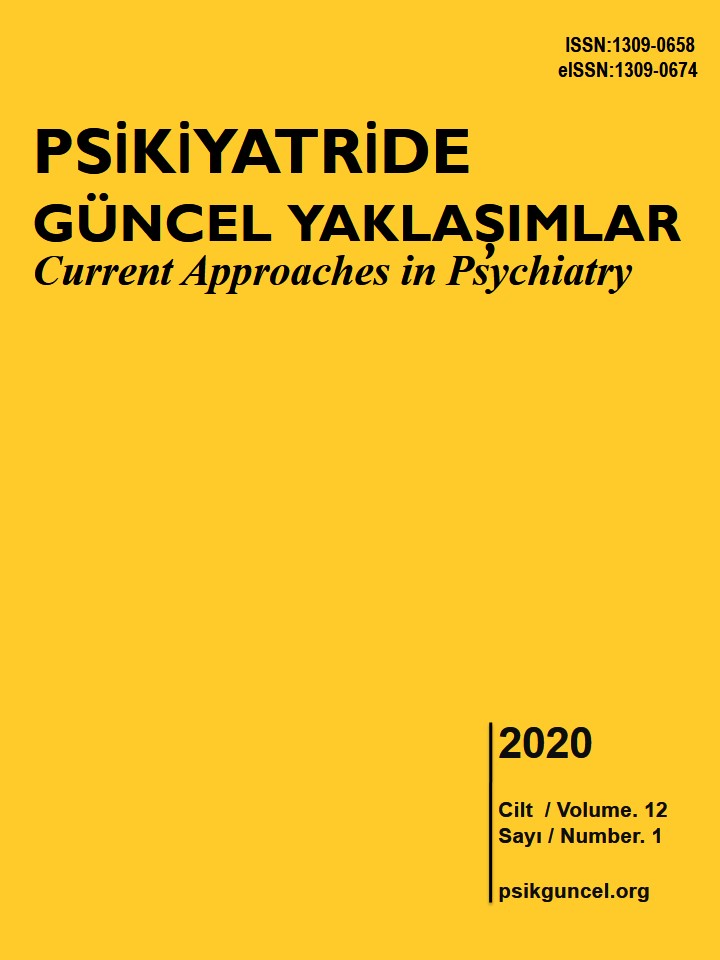
Keywords: Bipolar disorder; mindfulness-based cognitive therapy; cognitive behavioral therapy;
Although cognitive behavioral therapy (CBT) is commonly utilized as a psychotherapy approach for bipolar disorder, empirical findings do not always support the effectiveness of CBT on bipolar disorder. Therefore, the need for different psychotherapy approaches that can be applied to bipolar disorder has arisen. Recently, the effectiveness of Mindfulness-Based Cognitive Therapy (MBCT) on bipolar disorder has begun to be investigated. In the present review, studies investigating the effects of MBCT on bipolar disorder were gathered to investigate whether the MBCT, which was examined for many disorders recent years, is also effective or not in bipolar disorder. Therefore, 12 studies reached via databases were examined in terms of sample characteristics, methodological backgrounds, and results. In the reviewed studies, it has been found that MBCT provides a reduction in anxiety, depression or mania/hypomania symptoms and an increase in mindfulness levels of people with bipolar disorder. Moreover, participants were tended to indicate that they benefited from MBCT. It was also observed increase in the participants’ attention, information processing, memory, emotion regulation, and positive affect. However, it was seen that these findings were not supported in all studies. Because these studies were mostly conducted with people who were in remission period, whether MBCT leads reduction in manic and hypomanic symptoms was not totally clear.
More...
Keywords: Mindfulness; female sexual dysfunction; treatment
Female sexual health has become a growing field of research and focus of clinical practice in the last 10-15 years. Mindfulness-based interventions, which emphasize the focus of attention on here and now experiences without being judgmental but with an accepting attitude, have emerged as a promising treatment option for women with sexual dysfunction. In this context, the purpose of this review is to evaluate the usability and effectiveness of mindfulness-based psychological interventions in women having difficulty at various stages of sexual functioning. In line with this purpose, several databases were searched with the keywords of “sexual dysfunction AND mindfulness”, “sexual desire AND mindfulness”, “sexual arousal AND mindfulness”, “sexual pain AND mindfulness”, and “orgasm disorder AND mindfulness”. Based on PRISMA decision criteria, 13 research article published between 2000 and 2017 have been identified. The findings indicated that both individual and group-oriented mindfulness-based therapies significantly improved sexual dysfunctions in various aspects of the sexual response cycle and these improvements were maintained in the long term. Besides the primary outcomes related to sexual functioning, it appears to cause positive changes in many areas such as depression, anxiety, couple harmony, and communication as well.
More...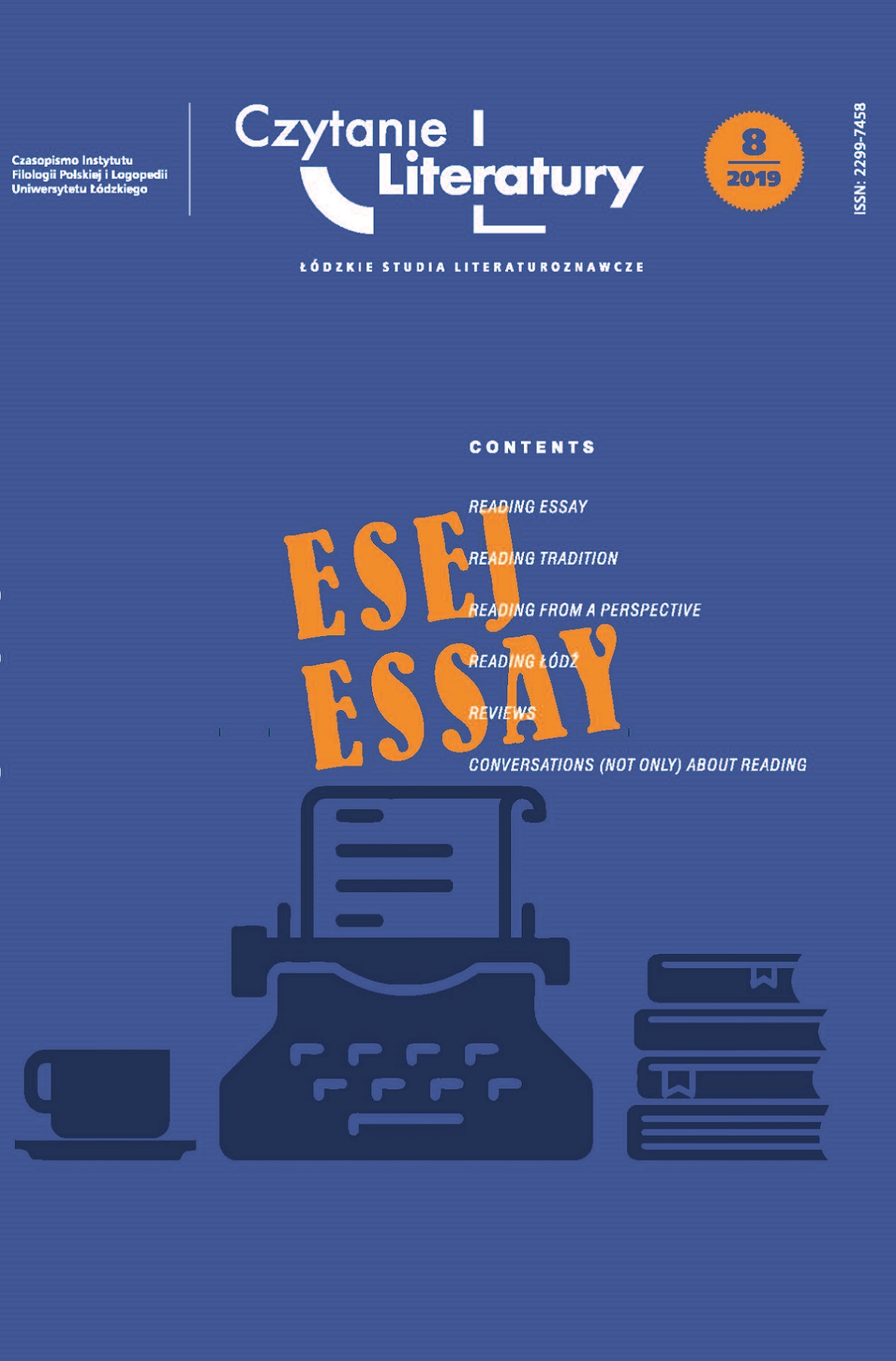
Keywords: mindful poetry; mindfulness; Julian Tuwim
In this article, the author discusses the subject of pro-peace education with the use of poetry, and its influence on the mental well-being of children. She indicates Julian Tuwim as one of the Polish trailblazers of the 20th-century trend of mindfulness, which instructs how to establish a harmonious relationship with oneself and the environment. She discusses studies which focus on the methods used when working during school lessons of the Polish language; methods which employ mindful poetry. The author argues that there exists a relationship between internal equanimity and global peace.
More...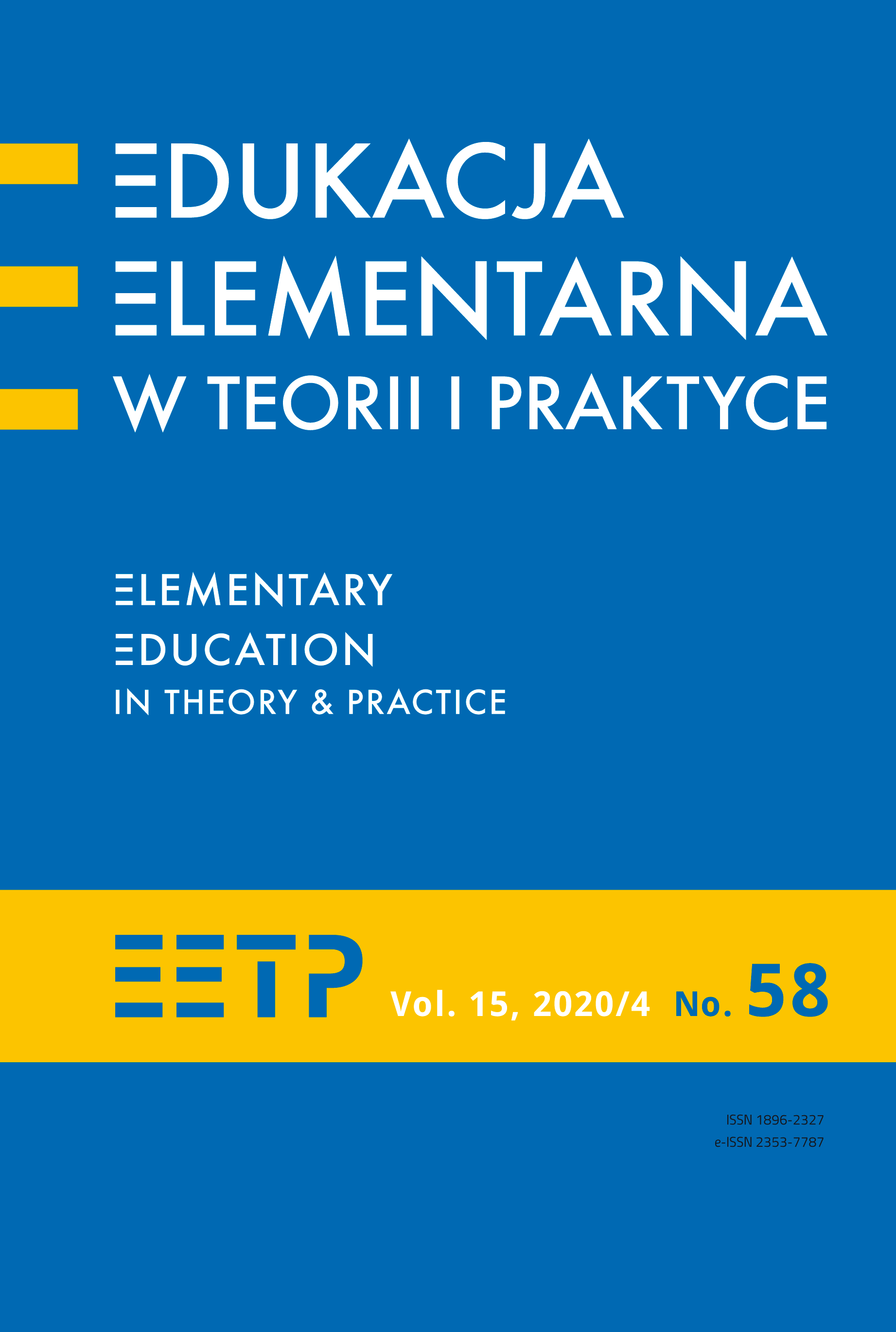
Keywords: mindfulness; mindful eating; action research; mindfulness practice; education;awareness;early school education;
The paper addresses the issue of mindfulness in children of younger school age, with particular attention to the category of mindful eating. It includes theoretical deliberations – defining and understanding key concepts, effectiveness of practicing mindfulness in the light of a review of the research results obtained so far, it also considers the validity of including elements of mindfulness in educational practice and outlines empirical research conducted in the action research paradigm. By adopting the procedure of collecting data from various sources and associating them in their entirety (so-called network thinking), using various research methods and techniques (e.g. observation, self-observation, analysis of products, documentation, free conversation), an attempt was made to achieve the research objective, which was to assess the effects of innovative action introduced into the education system, based on the implementation of mindfulness training elements. The author of this paper was both a researcher cooperating with the teachers implementing the project and a teacher-innovator. The analysis of collected research material indicates the aspects that may constitute a basis for wider discussion and identify issues for further research as well as for improvement of the mindfulness development in educational practice. In conclusion, the question was raised whether the mindfulness practice has a chance for systemic or less formal inclusion in the Polish educational system.
More...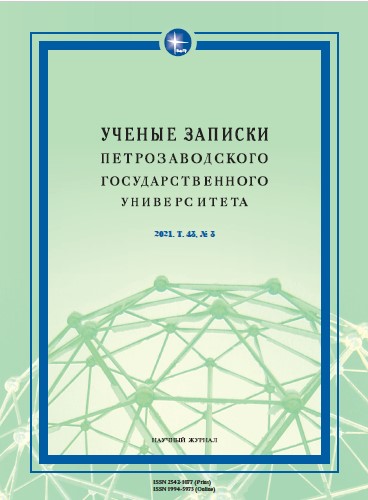
Keywords: mindfulness; reference; statement; explication; discourse; text units with purpose semantics;
The article deals with the issues of representing situations in one’s mind in the form of judgments with potential purpose semantics. The author investigates the aspects that influence the generation of such representation and the determining factors for the explication of such judgments through their implementation into text units with purpose semantics in political discourse. The author analyzes the psychological, philosophical and linguistic interpretations of the concept of purpose, gives the definition of purpose appropriate for psycholinguistic research, and reveals its obligatory characteristics – mindfulness and subjectivity. Using the methods of continuous sampling, content analysis, observation, and self-observation within the logic-based semantic approach to the interpretation of text units, the author qualifies mindfulness as a cognitive factor that defines various aspects of judgment implementation in political interviews with regard to objective reality, needs, resources, and correlation between desired and actual results, with verbalization being an important criterion of mindfulness. Analyzing correlations between several judgments, the author identifies the factors of their language explication, and the degree of reference between the judgments content and the statements in terms of information completeness and statements’ volume. The author comes to certain conclusions about the fundamental discrepancy between judgments and their realizations in discourse at the denotation and formal levels, and suggests that explication in speech is a process associated not only with objective factors (including the peculiarities of a specific language), but also with subjective ones, including the subject’s way of thinking, their upbringing, education, age, gender, emotional state at the time of speaking, etc. This research has perspective of being useful for studying the connotative semantic layer of statements with purpose semantics, their communicative organization, and pragmatic aspect.
More...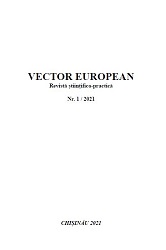
Keywords: needs; consciousness; mindfulness; emotional needs; meditation; relaxation;
Needs are at the heart of our lives. Whether we are aware of it or not, they direct our actions. It is essential to pay attention to our needs because, as M. Rosenberg writes, "if we do not value our needs, others will not value them." To meet our needs, we must first know them. Unfortunately, we are often unaware of them. We don't always know our physical needs, otherwise we shouldn't go to the nutritionist, watch health shows or tell our doctors to exercise. In this context, in this article we aim to explore how we can become aware of personal needs through „MINDFULNESS" practices.
More...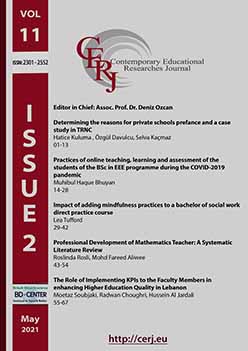
Keywords: Mindfulness; BSW students; practices; social work; course;
This study sought to determine whether mindfulness increased or decreased for Year 4 Bachelor of Social Work (BSW) students. Twenty-four participants received a brief mindfulness practice each week at the start of class and completed the Five Facet Mindfulness Questionnaire in the first and last class. Results showed a decrease from pre-test to post-test on the non-reactivity to inner experience facet of the scale. In addition, in a post-test, those participants who came to the BSW programme from secondary school had an overall higher score than those participants who came to the programme from community college. Moreover, participants who had no prior practice in mindfulness and those who did not practice mindfulness during their practicum saw an increase in scores. These findings are discussed and recommendations for future research are offered.
More...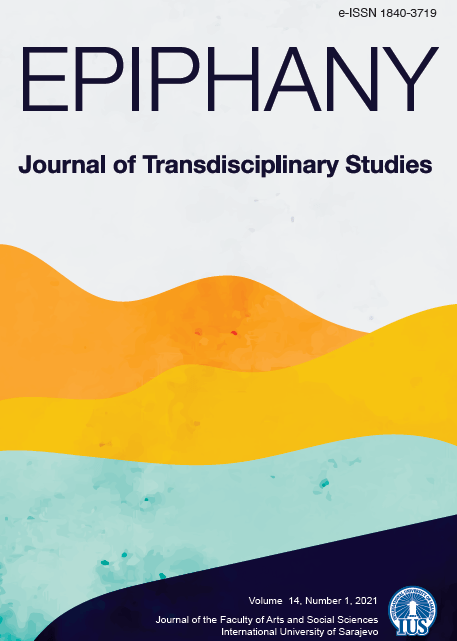
Keywords: Mindfulness; Neuroticism; Extraversion; Agreeableness; Conscientiousness; Openness;
The goal of present study was to examine the relationship between mindfulness and Big five personality traits on Bosnian sample. We used the following instruments: Sociodemographic scale, Five Factor Mindfulness Questionnaire (FFMQ) and The Big Five Inventory. According to the results, there is a moderate and inverse correlation between mindfulness and Neuroticism, and small to moderate positive correlations with other Big five personality traits (Openness, Conscientiousness, Agreeableness and Extraversion). The results of multiple regression analysis showed that Big five personality traits explain the significant proportion of the variance for the criterion variable mindfulness and that the significant predictors for mindfulness were Neuroticism, Conscientiousness and Openness. More research is needed to explore this multi-faceted nature of both Big five personality traits and mindfulness.
More...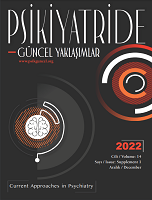
Keywords: Mindfulness; state mindfulness; mindfulness scale; mindful awareness;
Mindfulness-based approaches, which have been used in many fields in recent years, have been widely accepted especially in practices in psychology and psychiatry, and have been integrated into traditional treatment methods. In parallel with the positive effects of the concept of mindfulness on mental, spiritual and physical well-being, researches have also steadily increased and various scales have been developed to measure mindfulness which can be summarized as the mindful awareness of the moment by accepting one’s experience without judgment. Some of these scales were adapted to Turkish in the last decade. Considering the extensive usage of the concept of mindfulness in healthrelated fields, this study aimed to introduce the State Mindfulness Scale into Turkish, as one of the important scales to be evaluated on a more solid theoretical and methodological basis. Accordingly, the source scale was translated into Turkish through the steps suggested by WHO. Confirmatory factor analysis (CFA) was performed for the validity of the scale. Cronbach alpha reliability coefficient, Item Total Score Analysis, Guttman reliability coefficients, Spearman-Brown confidence coefficients were evaluated and the findings regarding the internal consistency of the scale were used in terms of the reliability analysis of the scale. For CFA and other analyses, 345 students at Akdeniz University were included in the study. As a result of CFA, it was found that the 21 item 2-factor structure in the source scale was compatible with the target culture (X2/Sd: 3,41; RMSEA: 0,088: CFI: 0,95). The correlation reliability coefficients of the scale ranged from 0.484 to 0.743. The Cronbach alpha value of the first factor of the scale was 0.899, the Cronbach alpha value of the second factor was 0.728, and the Cronbach alpha value for the total score was 0.921. The findings show that the validity and reliability of the State Mindfulness Scale has been ensured and the scale has been successfully adapted to Turkish.
More...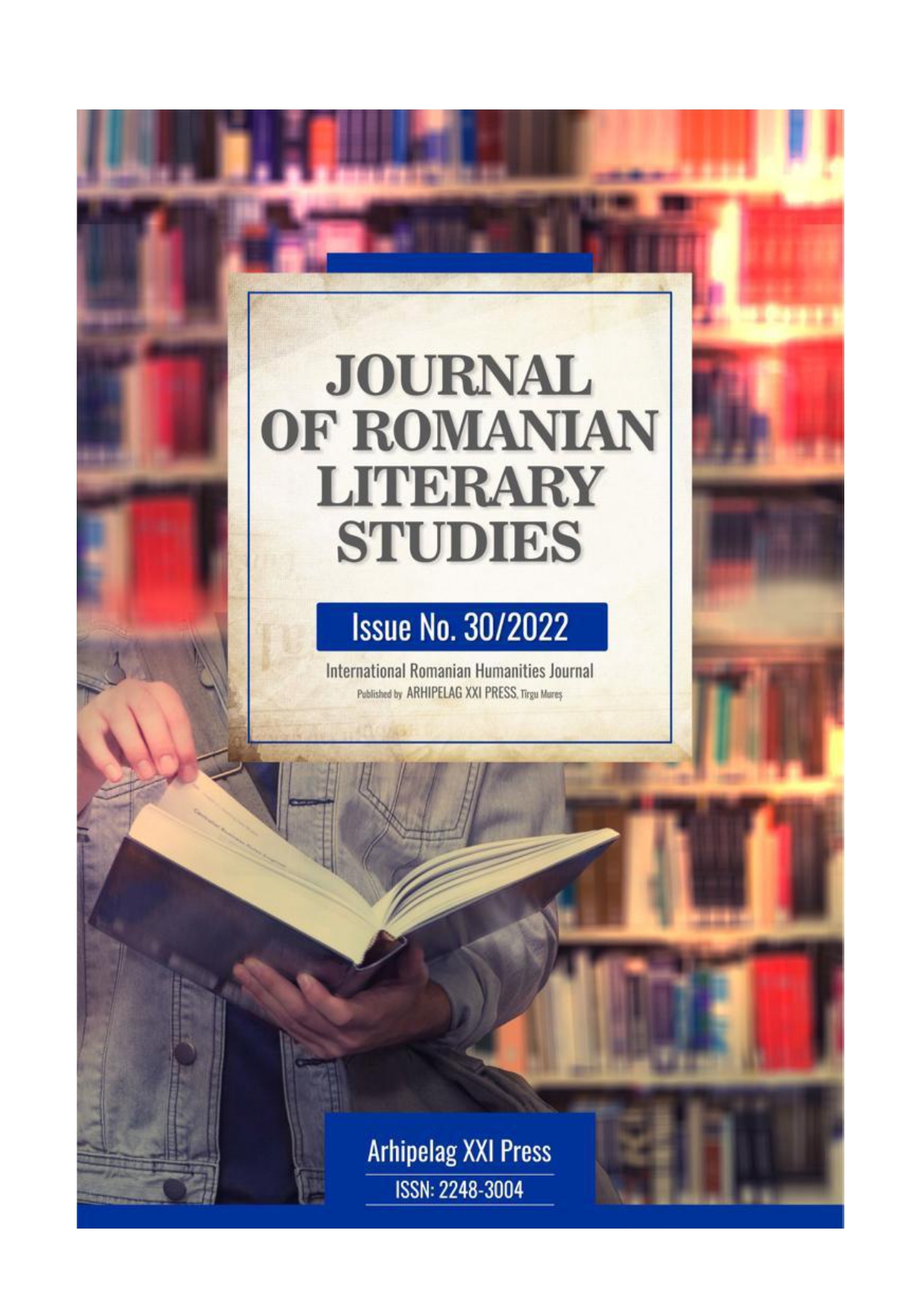
Keywords: mindfulness; box breathing; bodyscan; Name-it-to-tame-it; Inside Out movie; language classes;
Most often than not, when sitting for an exam a lot of emphasis is put on what the exam contains (structure, types of tasks, grading, etc.), and little or no emphasis at all on what students may feel before or on the day of the exam, overlooking the fact that that exams are governed by a great tension which translates into strong emotions. They constitute a real and undeniable enemy against making good decisions. Therefore, this paper advocates the use of mindfulness in language classes as a means of ensuring students’ mental comfort and developing their ability to focus (attention). It also puts forward a practical, applied and explained approach to mindfulness by showcasing such activities as box breathing, bodyscan, name it to tame strategy that will lead students towards a better management of their strong feelings and emotions. Last but not least, several activities around the Inside Out movie that will connect students with their inner self. All in all, this paper aims to show how mental and emotional balance can be regained through fairly simple tools.
More...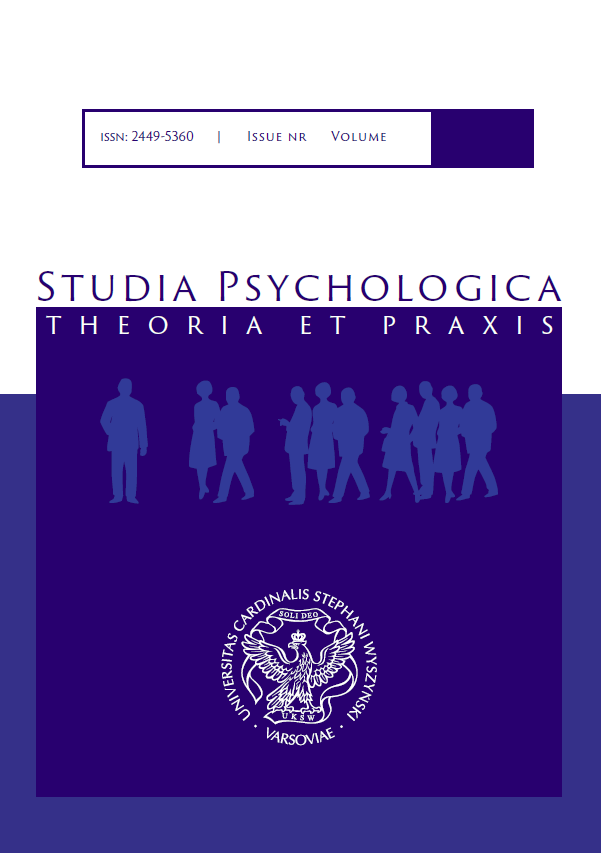
Keywords: mindfulness; mindfulness advancement; validation; questionnaire;
This paper aimed to adaptation of the MINDSENS questionnaire used to measure of advancement in mindfulness among meditators and nonmeditators. The research sample consisted of two groups of people: 1) with meditation experience (N = 656: 74.6% including Christian meditation – 33.5%; mindfulness – 24.4%; concentration techniques such as yoga and transcendental meditation – 16.2%), and 2) without meditation experience (N = 226: 25.4%) controlled for length and frequency of meditation practice and disorders. The validation procedure showed that the Polish adaptation of MINDSENS i.e., the Mindfulness Advancement Questionnaire (Observing, Non-Reactivity, and Decentration) demonstrated the solid factor structure (3-factor model with bifactor), high factor loadings, good composite (0.74 ≤ CR ≤ 0.93) and construct reliability (0.82 ≤ H ≤ 0.93), fine absolute stability (0.76 ≤ rtt ≤ 0.82), and solid external validity. Thus, the validated questionnaire can be used as valuable measure of mindfulness advancement in meditators, clinical and nonclinical populations, aged 15–72.
More...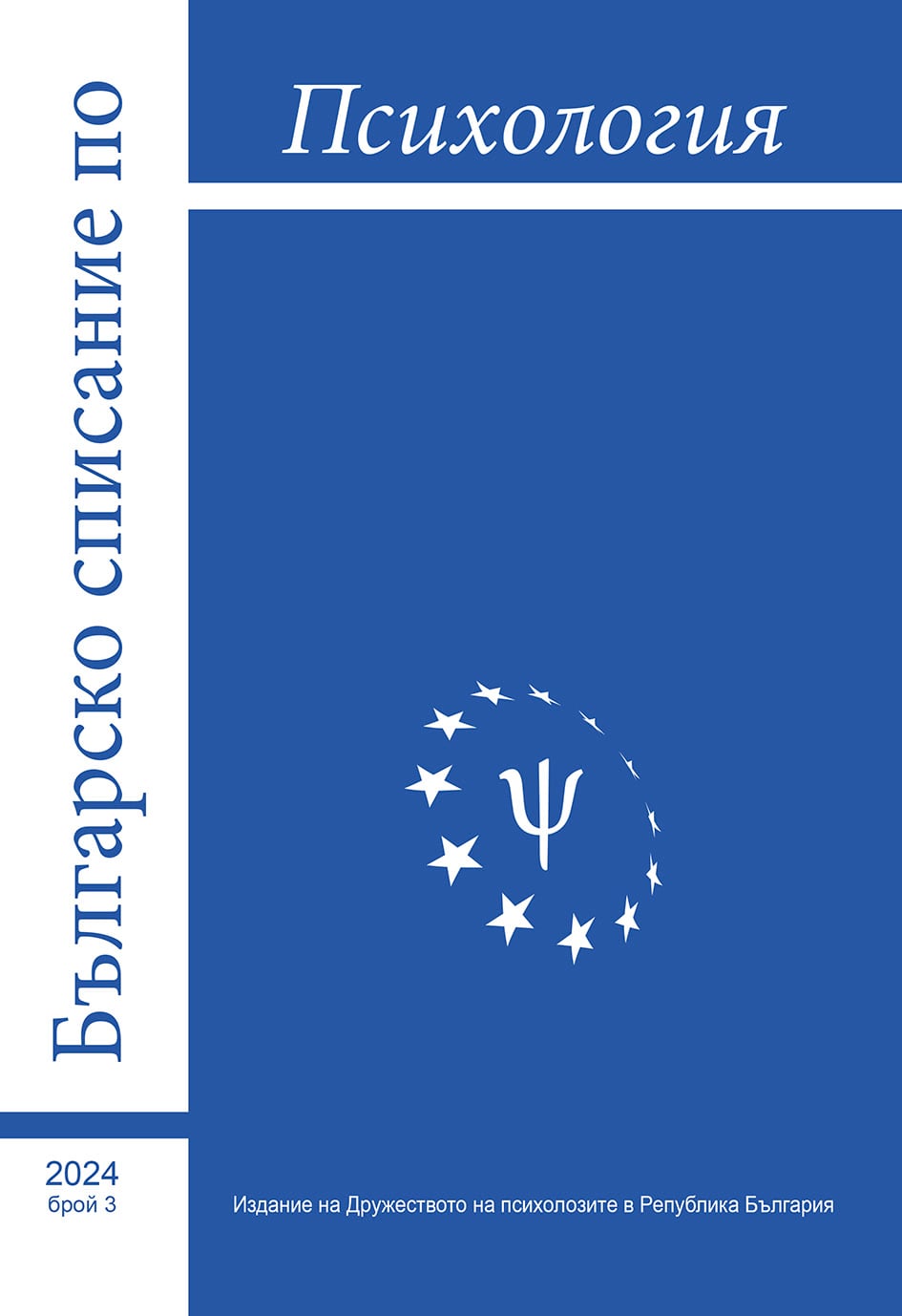
Keywords: mindfulness; romantic relationships; satisfaction; positive psychology
Positive relationships have proved to be one of the key factors for higher wellbeing and better resilience. Many leading psychologists claim that mindfulness is crucial for а healthy, satisfying relationship. One of the individual’s key interactions is with his/her romantic partner. Couple relationships are not static – they can be defined as a dynamic system. As such, relationships need constant care, often requiring maintaining and developing the level of intimacy, closeness, love and togetherness. The lack of mindfulness ability can lead to lower capability of recognizing one’s emotions, thoughts and words, as well as their partner’s. That in its turn can put the relationship at risk. The paper aims at presenting theoretical foundations and ideas for the effect of mindfulness on romantic relationships. The effect of mindfulness on leading aspects of the relationship as well as relationship satisfaction are also outlined. Studies proving the connection between mindfulness and couple relationships are also discussed.
More...